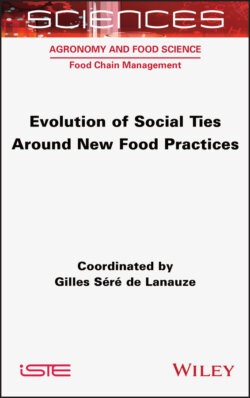Читать книгу Evolution of Social Ties around New Food Practices - Группа авторов - Страница 23
1.3.2.2. Step 2: In-store and at-home observations
ОглавлениеApproximately one year after the collages/interviews (the length of time that allowed for analysis of the collages/interviews), observations/interviews were conducted during 1) grocery shopping and 2) a meal in the home and its preparation and storage. 11 of the 23 participants from Phase 1 took part in this phase. These observations, although one-offs, made it possible to objectify the facts related in the first interviews (e.g. to see what a participant meant by: “my kitchen is very small”) and provided a contextualized overview of what was described in the first interviews. Ideally, the interviewer visited the participants’ homes before they left to go shopping, so that they could travel from home to the grocery store with them. In cases where it was not possible to meet at home, the meeting took place directly at the store.
The second phase of observations took place in the home, to collect data on the preparation of a meal, its progress and the tidying up that follows. During this phase, the objective was, in addition to obtaining additional information on the sequence of actions and the way they were carried out, to observe the interactions between the members of the household. All the members of the household had to be present during these observations. The observations lasted from two to five hours. If the observations of the shopping were only partially participative (the observer accompanied the person, but there was no real participation in it), the observations of the meals were participative, so that the observer was integrated as well as possible in the daily situation, and that it was as natural as possible.
